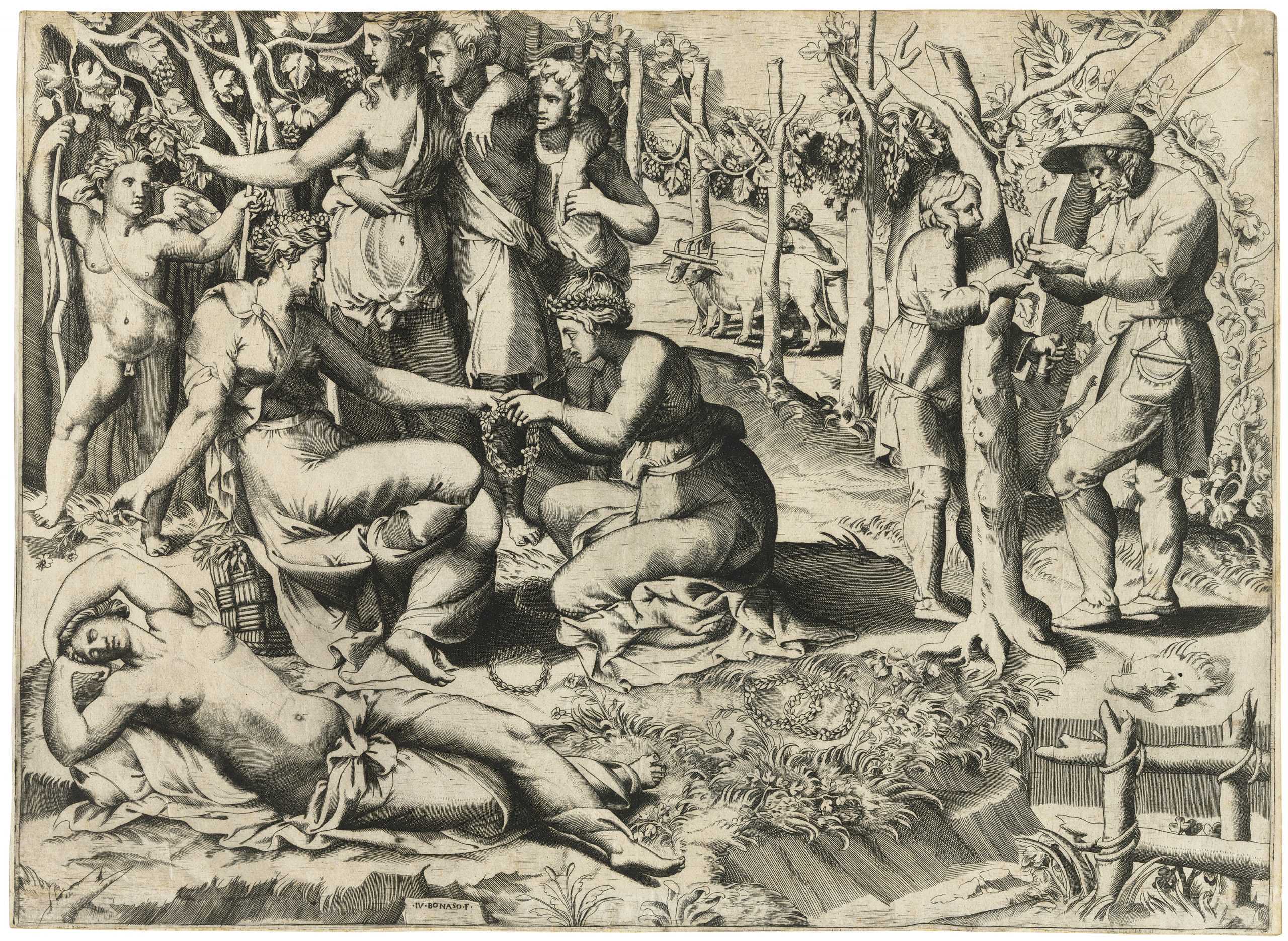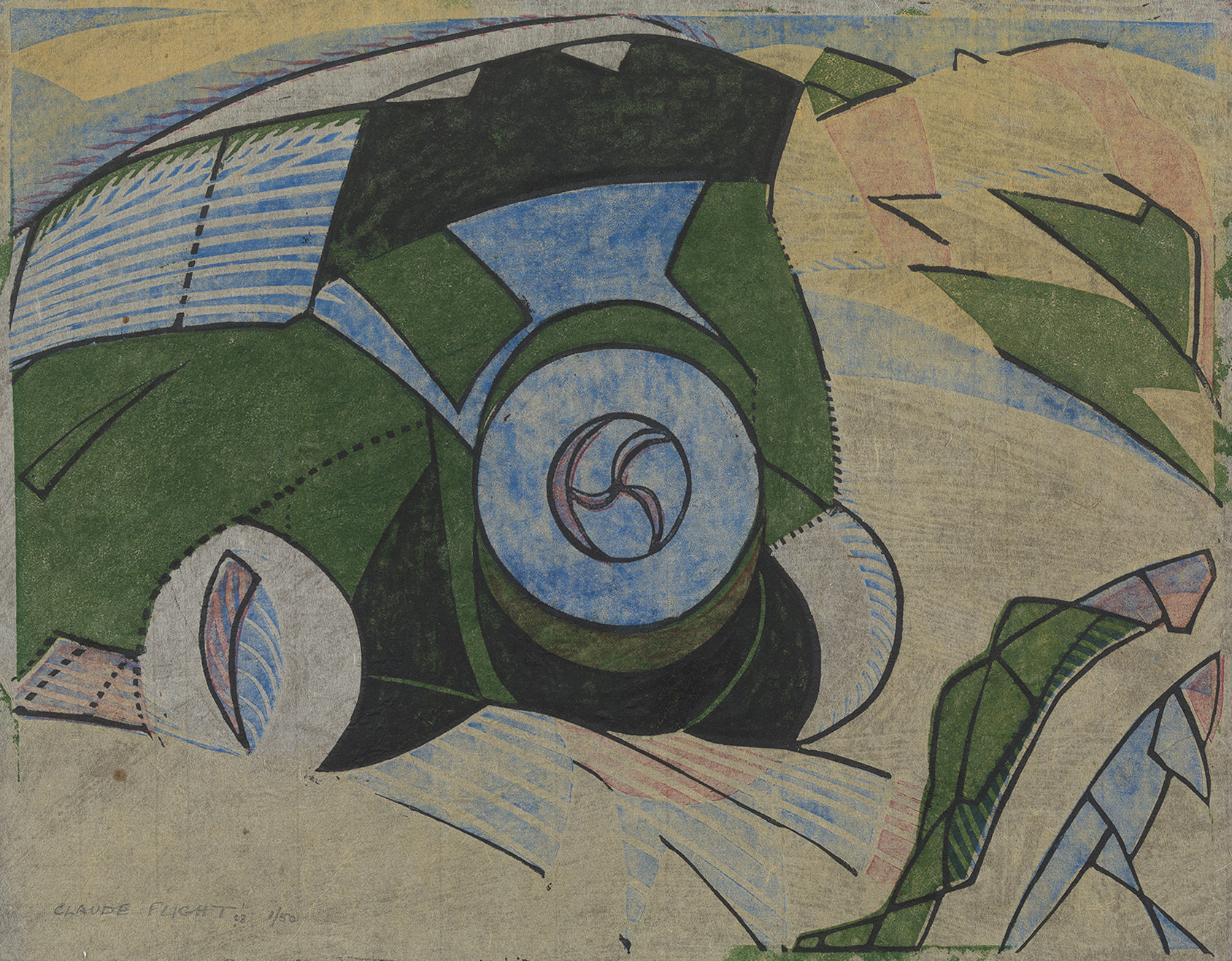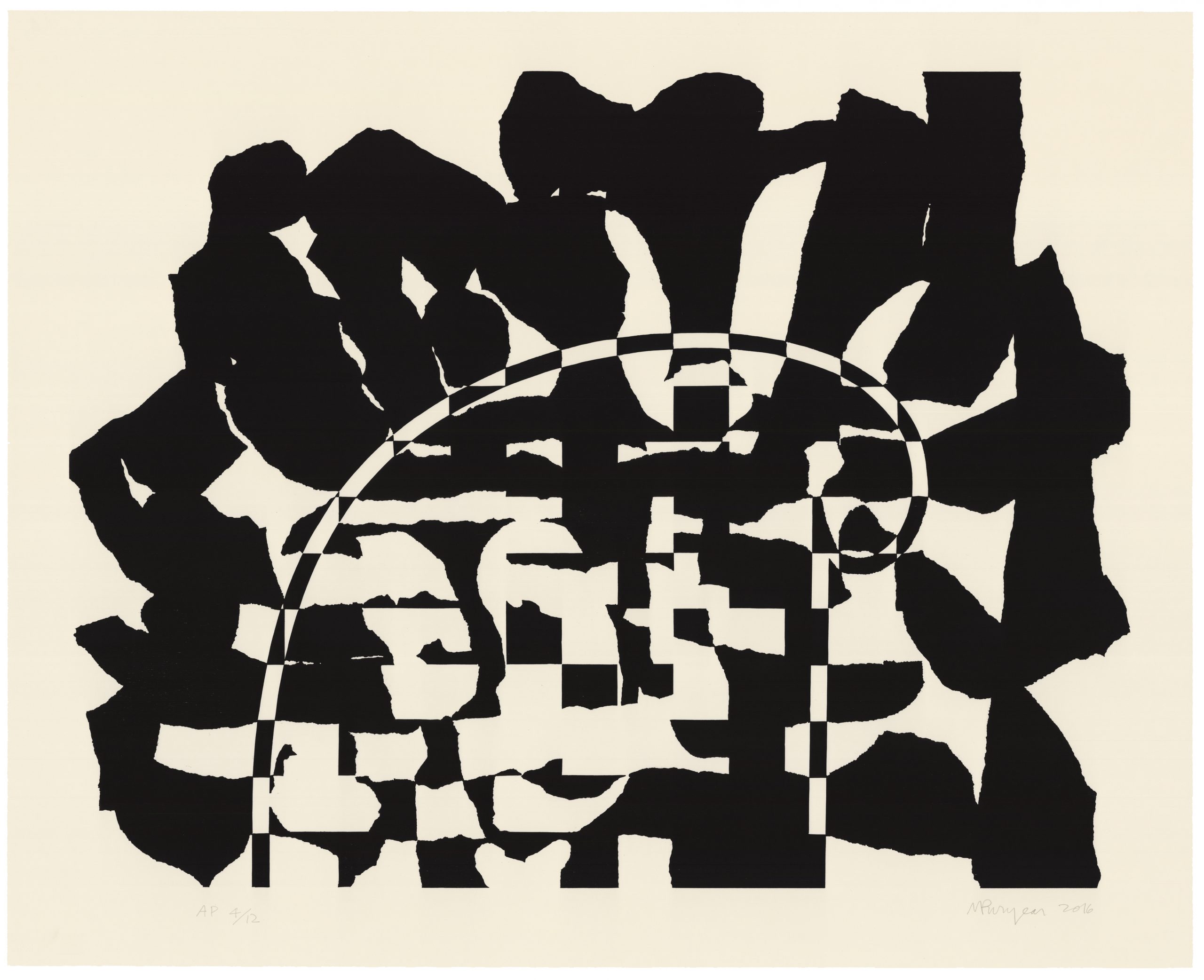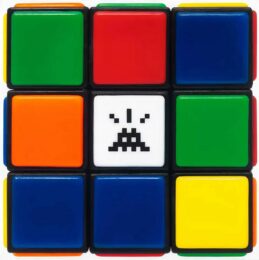Relief Printing
Relief Printing
Relief printing is a family of printing methods where a printing block, plate or matrix that has had ink applied to its surface, but not to any recessed areas, is brought into contact with paper. The areas of the printing plate with ink will leave ink on the paper, whereas the recessed areas of the printing plate will leave the paper ink-free. A printing press may not be needed, as the back of the paper can be rubbed or pressed by hand with a simple tool such as a brayer or roller.

In many historical processes, the matrix in relief printing is created by starting with a flat original surface and then removing (e.g., by carving) away areas intended to print white. The remaining areas of the original surface receive the ink.
The relief family of techniques includes woodcut, metalcut, wood engraving, relief etching, linocut, rubber stamp, and some types of collagraph.

Traditional text printing with movable type is also a relief technique. This meant that woodcuts were much easier to use as book illustrations, as they could be printed together with the text. Intaglio illustrations, such as engravings, had to be printed separately.

Relief printing is one of the traditional families of printmaking techniques, along with the intaglio and planographic families. Modern developments have created other types. In contrast, in the intaglio process the recessed areas are the printed areas. The whole matrix is inked, and the ink then wiped away from the surface, so that it remains only in the recesses. Much greater pressure is then needed to force the paper into the channels containing the ink, and a high-pressure press will normally be required. Intaglio techniques include engraving, etching, and drypoint. With planographic techniques, such as lithography, the entire surface of the matrix is flat, and some areas are treated to create the print image.
Normally, relief and intaglio techniques can only be mixed with others of the same family in the same printed page, unless the page is printed twice.


